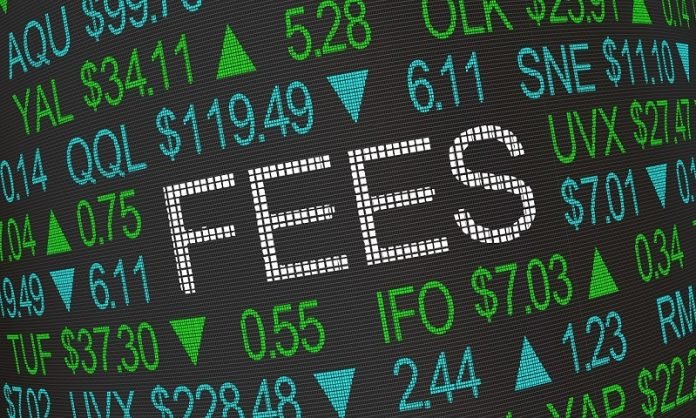
Real cost of incentive fees for hedge fund investors is 2.5 times the average fee rate on paper
Investors who put their money in hedge funds may find that the fees are much higher than expected, a new study suggests.
Most hedge funds charge their clients incentive fees of about 20 percent of gains made over a specified benchmark.
But in a study of 6,000 hedge funds over 22 years, researchers found that those fees ended up costing investors nearly 50 percent – about 2.5 times more than the average fee rate on paper.
“In general, hedge fund managers have been getting a larger and larger share of the profits and investors have been losing out,” said Itzhak Ben-David, co-author of the study and professor of finance at The Ohio State University’s Fisher College of Business.
Ben-David conducted the study with Justin Birru, associate professor of finance at Ohio State, and Andrea Rossi, assistant professor of finance at the University of Arizona.
They published their findings recently as a National Bureau of Economic Research working paper.
The study was based on analysis of nearly 6,000 hedge funds operating between 1995 and 2016.
“Hedge funds use incentive fees to promise that the fund managers will only make money if the investors make money,” Rossi said.
“But we found that in the long term, there is a big disconnect between this promise and reality.”
One disconnect is that while profitable funds receive incentive fees, funds that generate losses don’t reimburse their investors for their lost money. That means that when you look at the industry overall, returns can be quite small or even negative if many funds have losses, Ben-David said.
A similar issue can take place with individual funds over multiple years. Funds earn their 20 percent fee when they increase in value, but don’t have to give any of that back when they lose value, Ben-David said.
Hedge funds usually promise investors that if their funds lose value, the investors don’t have to pay fees until their fund is making money again. But many funds end up just shutting down if they have lost a lot of money.
“In essence then, investors have lost the credit they had with that fund. They can’t use that credit anywhere else, so if they take their money to a new fund, they will have to start paying fees immediately,” Ben-David said.
“As a hedge fund manager, you cannot lose.”
The end result, the study found, is that investors paid $113.3 billion in performance fees on $228.2 billion in gross profits, which is about $70 billion higher than if investors had actually paid a 20 percent fee on the overall profits.
But that’s not all. Hedge fund investors also pay a management fee, usually 1 to 2 percent of the amount invested, that is assessed regardless of performance of the fund.
When that is included, investors earned just 36 cents of each dollar of gross profits generated by the funds, with the other 64 cents going to hedge fund managers, the study found.
Unhappy with their returns, some investors have called for lowering the management fee in exchange for a higher incentive fee.
“That is not likely to solve the problem. If anything, that is just going to make it worse,” Rossi said.
“Our findings suggest that the management fees will just be replaced with higher incentive fees that are not related to performance in the long run.”
Instead, the researchers suggest that contracts include “clawback” provisions that allow investors to recover fees when funds lose money.
The big issue is finding a way to undo the asymmetry in hedge fund contracts that allows managers to make money when their funds do well, but suffer no penalties when their funds do poorly, Ben-David said.
“Hedge fund investors need to look at the broad picture of what they are actually paying in fees. They may be surprised at how much they actually pay relative to what they earn.”
Written by Jeff Grabmeier.



